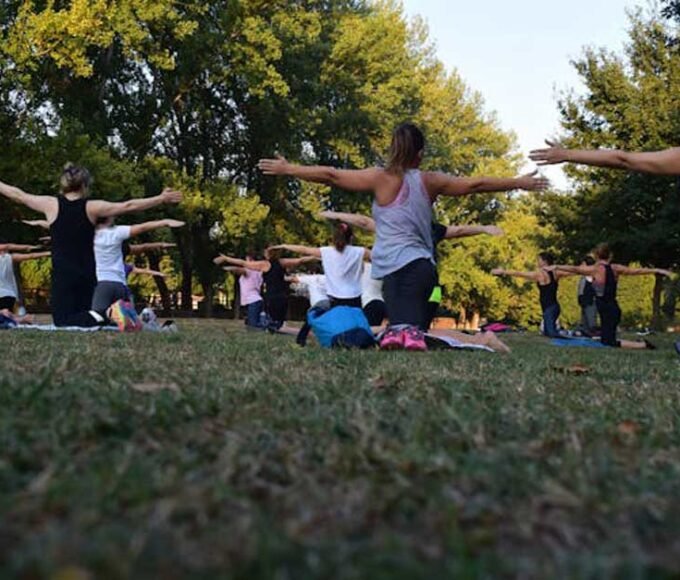Do headaches interfere with your day-to-day activities? Then you are not alone. People of all ages and backgrounds are susceptible to headaches, which are a common condition that can vary in severity from minor discomfort to incapacitating agony. Consider trying these other methods of headache treatment if you find yourself seeking medications on a regular basis.
Understanding Your Triggers and Patterns
In order to effectively manage headaches, you must first become aware of the patterns and triggers that cause them. It is possible for headaches to be caused by a wide variety of factors, including but not limited to stress, dehydration, lack of sleep, poor posture, and certain foods or environmental circumstances. A headache diary can be used to assist in the identification of common causes and patterns of headaches. This is accomplished by recording the frequency, intensity, duration, and associated symptoms of your headaches. It is important to pay attention to any patterns or trends that emerge, such as headaches occurring after certain foods, activities, or stressful circumstances. As soon as you have identified the factors that set off your reactions, it would help if you immediately began making preventative efforts to reduce or eliminate your exposure to those factors. If headaches are getting out of hand, and you feel the symptoms are too much to handle, find a Chicago headache clinic or one in your area to find the best help. Altering your food, adopting a more upright posture, drinking a sufficient amount of water, following a regular sleep schedule, and adopting stress-reduction tactics are all examples of things that might fall under this category. Suppose you are aware of the triggers and patterns that make you have headaches. In that case, you can take preventative measures to prevent headaches from occurring and progressively reduce the frequency and severity of your headaches.
Implementing Lifestyle Changes for Prevention
Modifying your lifestyle can have a big impact on avoiding headaches and enhancing your general health and well-being. Prioritize self-care activities that support unwinding, lowering stress levels, and general well-being first. Include regular exercise in your schedule, trying to get in at least 30 minutes a day of moderate exercise most days. Exercise releases endorphins enhances circulation, and lowers stress—all of which can lessen headache symptoms. Additionally, make an attempt to consume a diet that is rich in fruits, vegetables, whole grains, lean proteins, and healthy fats and low in processed foods, caffeine, and artificial additives. This diet should also be low in processed foods. Maintaining proper hydration throughout the day requires enough consumption of water. Some individuals can get headaches as a result of dehydration. By practicing relaxation techniques such as progressive muscle relaxation, deep breathing, or meditation, you can reduce stress and tension, which are significant causes of headaches. By making improvements to your lifestyle that are beneficial to your overall health and well-being, you can improve the quality of your life and reduce the possibility that you will have headaches.
Exploring Natural Remedies and Therapies
Examining alternative therapies and cures can provide extra headache relief in addition to traditional treatments. Numerous natural cures and treatments have shown potential in treating headaches and lessening their frequency and intensity. When used frequently, herbal supplements including butterbur, feverfew, and magnesium have been shown to have the ability to prevent migraines and reduce headache symptoms. There is evidence that acupuncture, an ancient Chinese medical technique that involves putting small needles into certain body sites, can help some people with their headaches and migraines. By correcting muscle imbalances and misalignments, massage therapy, chiropractic adjustments, and craniosacral treatment can also help release tension, enhance circulation, and lessen the symptoms of headaches. Before trying any natural therapies or cures, it is important to consult with a qualified medical expert to ensure that they are both safe and appropriate for your specific needs. If you include these techniques in your strategy for treating headaches, you will have a greater number of options available to you for attaining relief and improving your overall health.
Conclusion
An all-encompassing strategy that tackles the fundamental origins, triggers, and patterns of the ailment is necessary for managing and avoiding headaches. Keep in mind that finding the headache treatment techniques that work best for you can need some trial and error as well as patience and tenacity. You can experience headache relief and live a pain-free life without having to worry about being in pain all the time with commitment and help.
















